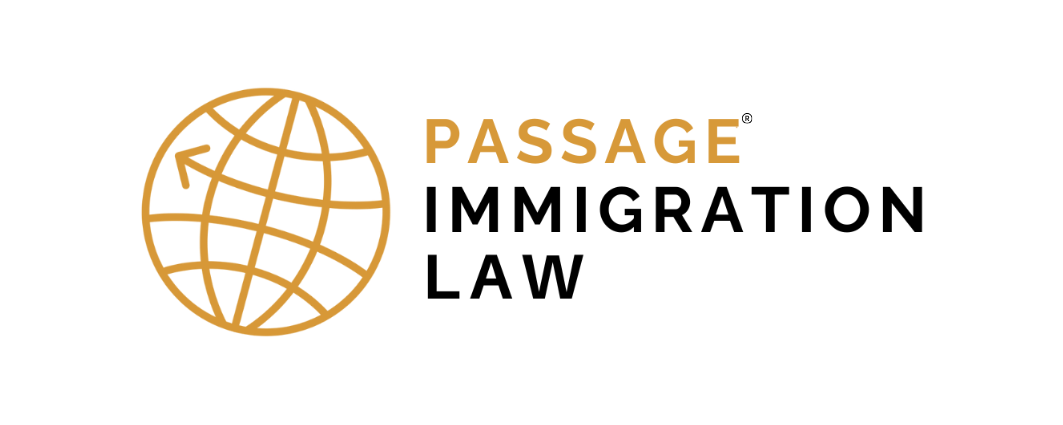If you are an F-1 visa international student studying in the United States, you might be wondering what an OPT visa is. For F-1 students, Optional Practical Training (OPT) is a fantastic chance to acquire real-world work experience connected to their major subject. We will address what an OPT visa is, how to apply, eligibility, specific rules, and often-asked questions regarding the F-1 Optional Practical Training process in this extensive guide.
What is OPT? Understanding the Basics
Optional Practical Training, or OPT, once their degree is obtained, this kind of work permission lets F-1 students work in the US. The F-1 Optional Practical Training curriculum is designed to give students the chance to apply the skills and information acquired in the classroom to a professional environment.
What kind of OPT visa? It is important to remember that OPT is not a visa on its own, it is a work authorization awarded to students with an F-1 visa. Students therefore remain in F-1 student visa status even while they are on OPT.
Who is Eligible for OPT?

You have to be enrolled in a full-time academic program and on a valid F-1 visa to be qualified for OPT.
- Complete at least one academic year at a school certified under the Student and Exchange Visitor Program (SEVP).
- Be studying a field of study that will let you work in your field of study after graduation.
Recall that optional practical training is limited to international students with F-1 visa status, hence the work must be directly related to your subject of study.
Types of OPT: Pre-Completion and Post-Completion
Two primary categories can help you classify OPT:
- Pre-Completion OPT: Students can work part-time under pre-completion OPT while still registered in their program. It is accessible before the degree requirements are fulfilled.
- Post-Completion OPT: Students who use post-completion OPT can work full-time after the graduation of their degree. Most students pick post-completion OPT as it lets most students work for up to 12 months in the United States.
How to Apply for OPT: Step-by-Step Guide
Applying for OPT calls for numerous crucial phases. The F-1 visa Optional Practical Training application process is broken out here:
-
Consult Your Designated School Official (DSO)
o Speak with your Designated School Official (DSO) at your university first, then start from Your DSO will send you the required forms and information to start the application process and assist you in determining if you qualify for OPT.
o Your DSO will also send you a new I-20 form and suggest OPT in the Student and Exchange Visitor Information System (SEVIS).
-
Prepare Form I-765 (Application for Employment Authorization)
o Complete Form I-765, the application for employment authorization. You must send this form to the U.S. Citizenship and Immigration Services (USCIS) to obtain an Employment Authorization Document (EAD card), sometimes known as the OPT EAD card.
-
Submit the OPT Application Package to USCIS

o Your OPT application package has to include:
- Completed Form I-765
- The updated I-20 form signed by your DSO
- Two passport-sized photos
- The application fee
- Any supporting documents include copies of your F-1 visa, passport, and past I-20 forms.
-
Get Your Receipt Notices
o Once USCIS gets your application, they will forward a receipt notice. it is imperative to keep it secure because this receipt proves you have applied for OPT.
-
Wait for Your EAD Card
o USCIS to review your application, if granted, an EAD card will be sent to you. During your OPT, this card lets you work legally in the United States.
-
Start Working Once You Have Your EAD Card
o Whenever you have your EAD card, start working; whenever your start date arrives, start working as well. Working before you get your EAD is very restricted and can compromise your F-1 visa status.
OPT Duration and Extension

Usually, OPT is awarded for twelve months. On the other hand, if your field of study is STEM (Science, Technology, Engineering, and Mathematics) you can be qualified for a 24-month extension—often known as the STEM OPT extension.
To qualify for the STEM OPT extension, the employer must be enrolled in the E-Verify program and the student must apply for the extension before the original 12-month period expires.
The F-1 OPT STEM extension gives students useful extra time to obtain experience and get ready for future employment prospects, including applying for an H-1B visa.
Key Rules for Optional Practical Training:
Students on F-1 visa optional practical training have some basic guidelines:
- Full-Time vs. Part-Time: Post-completion OPT has to be full-time; pre-completion OPT can be part-time.
- Unemployment Limits: You may remain unemployed for up to ninety days under post-completion OPT. If you exceed this restriction, you run the danger of losing your F-1 visa status.
- Job Requirement: Any job you take on has to directly correspond to your major field of study.
Transitioning from OPT to H-1B Visa
Many students wish to keep working in the United States by switching from OPT to a H-1B visa. Though it involves sponsorship from a U.S. company, OPT to H-1B is a typical method used by international students.
You must find employment with a company ready to sponsor you for a H-1B visa, during your OPT. This shift enables international students to keep working and finally petition for permanent residency sometimes referred to as a green card.
Benefits of OPT for International Students

OPT offers international students some noteworthy benefits:
- Practical Experience: Optional Practical Training means to let students apply theoretical knowledge in a practical work environment. It offers a rare chance to get practical knowledge in their field of study.
- Networking Opportunities: Working in the United States on OPT gives students chances to build professional contacts that can result in future jobs.
- Pathway to H-1B Visa: Many students start their road towards a H-1B visa with OPT, which lets them keep working in the United States long after their OPT term ends.
Transitioning from F-1 OPT to Green Card
Many students wish to ultimately go from an F-1 visa with OPT to a green card. There are several ways you may make this change:
- Employment-Based Green Card: Finding a company ready to sponsor you for a green card is essential during your OPT term. Once they show their value to their company during OPT, many students use their professional contacts and gain sponsorship.
- Family-Based Green Card: If you have an immediate relative who is a U.S. citizen, you may be eligible for a family-based green card, so enabling you to go from F-1 to a green card through employment or family sponsorship.
- Self-Petition: Some students might be eligible for a green card via remarkable ability or national interest waiver, therefore enabling them to self-petition free from employer sponsorship.
Need Help with Your OPT Application? Contact Passage Immigration Law!

Applying for OPT can seem like a difficult task, but expert guidance will make all the difference. Passage Immigration Law may offer the support and knowledge you need whether you are uncertain about how to apply for OPT, require assistance completing Form I-765, or are considering the STEM OPT extension.
With years of expertise helping international students, our staff can ensure your application is submitted correctly and quickly, maximizing your chances of getting work authorization and launching your career in the United States.







